Amalthea Art Preview
Submitted by RobBoyle on
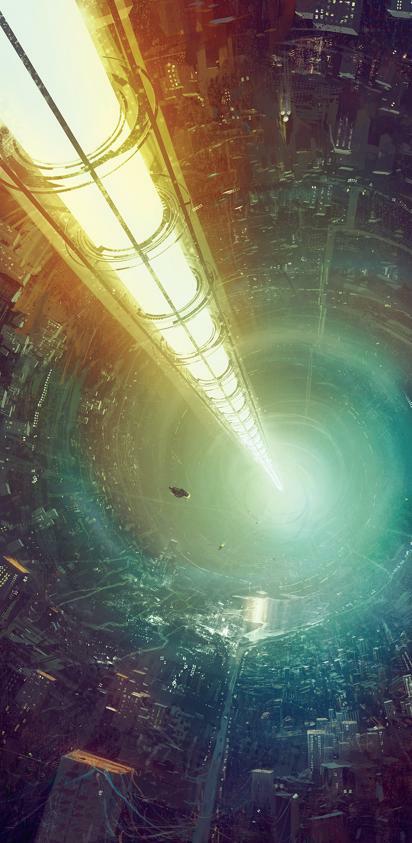
This piece from Viktor Titov depicts the interior of a "Reagan cylinder." In Eclipse Phase, Reagan cylinders are a variant of O'Neill cylinder habitats -- essentially tube-shaped spaces carved out inside asteroids that are spun for gravity. They are used exclusively by the Jovian Republic, where the rocky shell of the hab protects the residents from Jupiter's dangerous radiation.
Click on the image for a larger version.


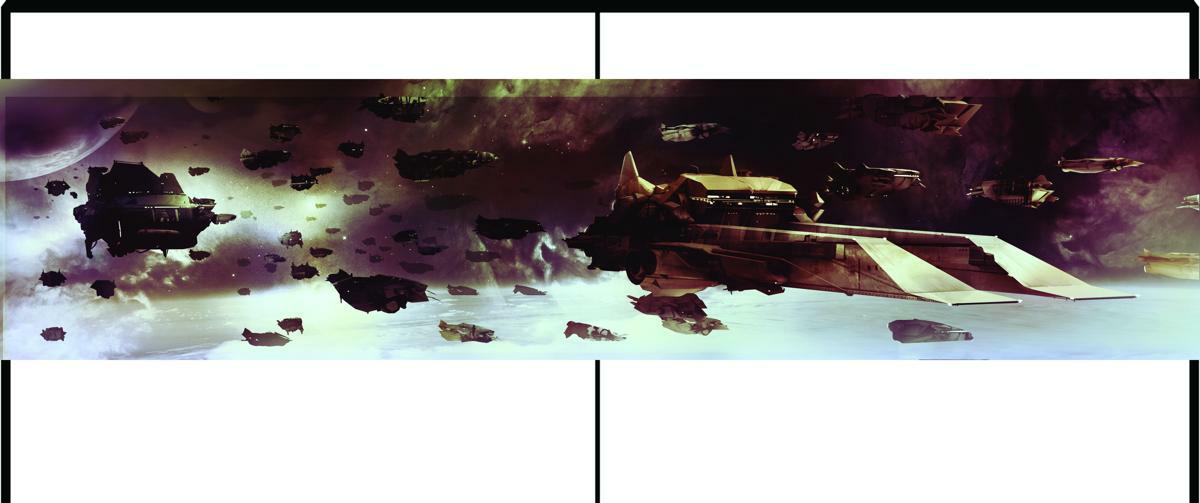
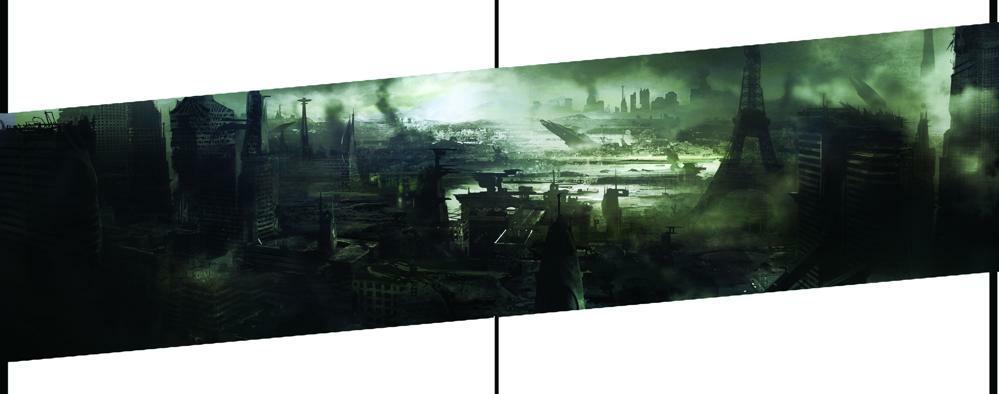
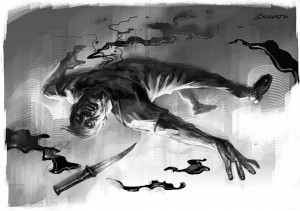 Combat in zero-gravity situations can be pretty messy, as any spilled blood or other fluids tend to float around and get all over everything. This piece, by artist John Gravato, illustrates such a scenario.
Combat in zero-gravity situations can be pretty messy, as any spilled blood or other fluids tend to float around and get all over everything. This piece, by artist John Gravato, illustrates such a scenario.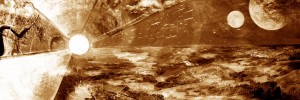 This illustration from
This illustration from  In Eclipse Phase, after the Fall of Earth, Mars holds the largest population of transhumans. Mars also suffered during the Fall, however, with many former settlements left in ruins.
In Eclipse Phase, after the Fall of Earth, Mars holds the largest population of transhumans. Mars also suffered during the Fall, however, with many former settlements left in ruins. 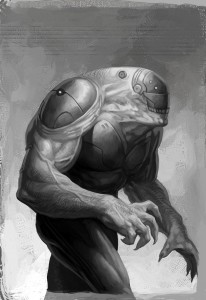 The Exhumans are an NPC faction in Eclipse Phase that take self-modification to the extreme. They seek to become posthuman, or more accurately, something altogether different and better than human. Some of them tinker with extreme genetic mods while others pursue cognitive alterations that radically alter their mindset. Though individual Exhumans pursue different ideals, they are generally hostile to transhumanity, considering them backwards and primitive.
The Exhumans are an NPC faction in Eclipse Phase that take self-modification to the extreme. They seek to become posthuman, or more accurately, something altogether different and better than human. Some of them tinker with extreme genetic mods while others pursue cognitive alterations that radically alter their mindset. Though individual Exhumans pursue different ideals, they are generally hostile to transhumanity, considering them backwards and primitive.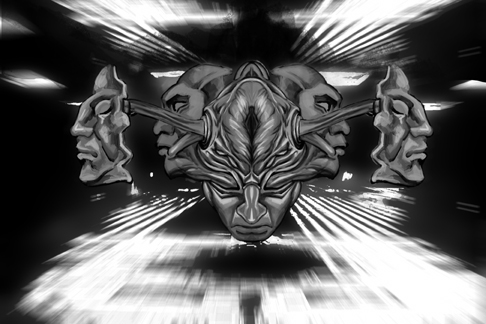 Assigning illustrations for purely digital entities is never easy. While things in virtual environments can pretty much look like anything, especially given the hyper-real capabilities of digital imaging in Eclipse Phase, you run the risk of having something that looks completely out of place if you don’t include some context. Unfortunately the way to provide context is usually to provide some sort of obviously digital environmental element, even though such things would be unlikely in actual virtual spaces.
Assigning illustrations for purely digital entities is never easy. While things in virtual environments can pretty much look like anything, especially given the hyper-real capabilities of digital imaging in Eclipse Phase, you run the risk of having something that looks completely out of place if you don’t include some context. Unfortunately the way to provide context is usually to provide some sort of obviously digital environmental element, even though such things would be unlikely in actual virtual spaces.  Artist
Artist